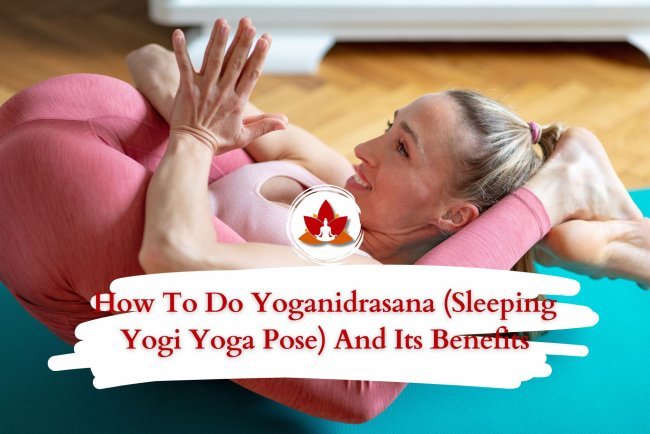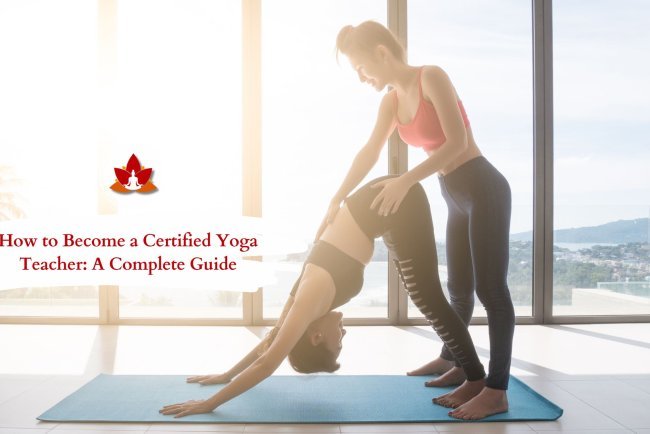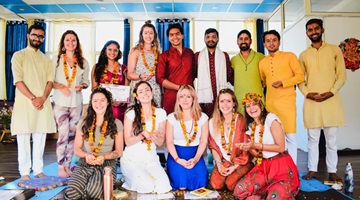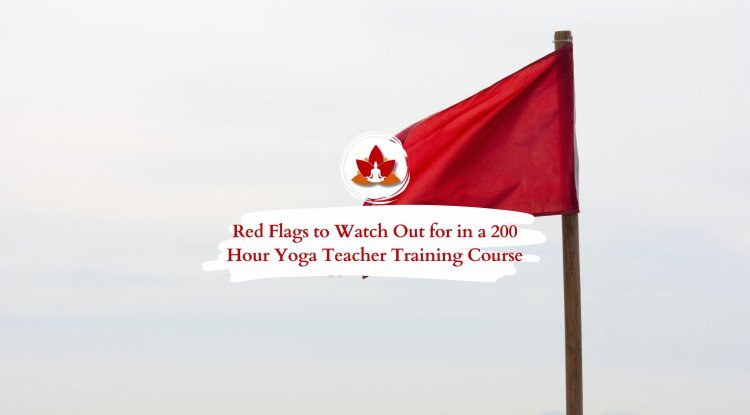Which Visa is required for yoga course in india?

If you're a foreigner planning to visit India for Yoga teachers training courses, or wellness retreats, getting the right visa is essential for entering and staying in the country.
India offers various visa options based on the duration and purpose of your visit. Below is a comprehensive guide to help you to choose the right visa type for yoga course in India.
Types of Visas
1.Tourist Visa (T Visa):
The most common visa option for foreigners visiting India for short-term purposes, including tourism and recreational activities, is the Tourist Visa (T Visa). While a Tourist Visa allows individuals to stay in India for a specified duration, typically ranging from 30 to 180 days, it may not be suitable for those planning to pursue an extended yoga course. An online eVisa can be applied for if a visit to India is a part of your plans.
1.1 What is a tourist E-Visa?
A tourist e-Visa, also known as an electronic tourist visa, is an online travel authorization that allows eligible travelers to visit a country for tourism or recreational purposes without needing to apply for a traditional visa through a consulate or embassy. The "e" in e-Visa stands for electronic, indicating that the entire visa application process, including submission of required documents and payment of fees, is conducted online.
Tourist e-Visas have become increasingly popular among countries seeking to streamline their visa application processes, enhance security measures, and promote tourism. These visas are typically issued electronically and linked to the traveler's passport, eliminating the need for physical visa stamps or labels.
Types Of E-Tourist Visas For India
There are 2 types of e-tourist visas that are available for India,
-
one-month e-Visa
-
one-year e-Visa.
-
One-month tourist e-visa is applicable for a period of one month from the date of arrival in India. It's a single entry visa where the date of entry should lie somewhere between the date of issue of visa and the date of expiry.
-
The one-year tourist e-visa is valid for 365 days from the issue date of the visa. Through such a visa, one can avail of multiple entries for up to 90 days for each stay. Citizens belonging to Canada, the US, the UK and Japan can extend their stay by up to 180 days in India.
Pros:
-
Easy to obtain through the e-Visa facility for citizens of eligible countries.
-
Allows participation in short-term yoga retreats and workshops.
Cons:
-
Restricted duration of stay, which may not align with the duration of longer yoga courses such as bachelors or masters in yoga .
-
Prohibits engaging in any form of employment or long-term studies.
2.Student Visa (S Visa):
For individuals planning to enroll in a formal yoga program such as diploma or degree or an extensive yoga course in India, a Student Visa (S Visa) is the appropriate choice. This visa category is designed for foreign students pursuing educational opportunities in India.
Pros:
-
Longer duration of stay, typically ranging from 6 months to 5 years, depending on the duration of the course.
-
Permits engagement in full-time studies, including diplomas and degrees.
-
Allows multiple entries into India during the validity period.
Cons:
-
Requires acceptance into a recognized educational institution offering yoga courses.
-
Involves a more complex application process, including obtaining a letter of acceptance from the institution.
-
May necessitate additional documentation, such as proof of financial means to support oneself during the stay.
Define the Purpose of Your Visit:
It's crucial to clearly understand the purpose of your visit, whether it's for Yoga courses, wellness retreat programs, or formal education like degree or diploma.
Visa Application Process:
-
Visit the official website of the Indian embassy or consulate in your home country for the application form and guidelines. Complete the form accurately and attach the required documents.
-
Submit your application and supporting documents to the Indian embassy or consulate in your home country. Pay the application fee, which may vary based on nationality and visa type.
-
Upon processing and approval, you'll receive a visa stamped in your passport.
Conclusion:
Choosing the right visa is very important for foreigners planning to undertake yoga courses in India. While a Tourist Visa may suffice for short-term retreats, those pursuing extensive training programs should opt for a Student Visa. Understanding the visa requirements and selecting the most suitable option will ensure a smooth and fulfilling experience of immersing oneself in the rich tradition of yoga in India.
Note: Please keep all the necessary documents handy including a compressed-size copy of your passport, a compressed-size passport-size photo, and the address of your stay. We recommend completing the application form using a laptop or PC, as mobile devices may experience issues with session timeouts.
FAQs
Q. Which official website is there to apply for the e-Visa application?
A. To apply for an e-visa application to visit india, you can visit the official website of government of indian https://indianvisaonline.gov.in/evisa/tvoa.html this portal provides the comprehensive information, be sure to follow the instruction carefully to have a smooth visa application process.
Q. How much time does it take for an e-Visa to be issued and how will the applicant be notified about it?
A. The e- visa processing time is usually 72 hours or more from the date of your application.once the e-Visa is approved, the applicant will receive an email provided during the application process.
Q. Can I convert my e-Visa to any other Visa?
A. No, it is not possible to convert an e-Visa to any other type of visa while you are in India. If you wish to extend your stay or change the visa type you need to exit the country and apply for a new visa.
What's Your Reaction?


























